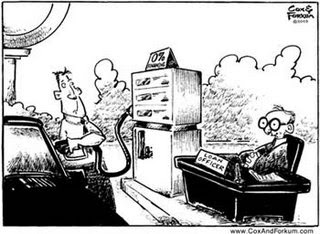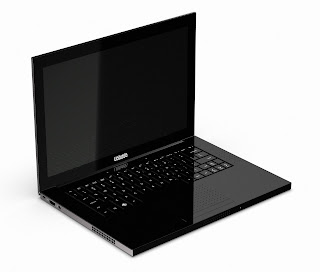Is it disappointing? Not really, only because I wasn't expecting that we'd get an unlimited offering (which we didn't). The largest amount of monthly data usage is 2 GB, which comes partnered with a voice agreement for $115/mo. If you want to use the iPhone just for data, sorry, no cigar: you will have to pay for talk time minutes as well. As mentioned in a previous post, you also won't be able to buy the device on its own or sign up for less than a three year contract either.
A $15 add-on includes things like extra sent text messaging and caller ID, the latter of which I assumed would be standard on pretty much any phone these days. Does this mean that without such a plan, or an additional fee (no matter how nominal), you won't see who's calling? Odd.
What's more,where's the similar plans for owners of other devices? iPhone owners shouldn't be the only customers deemed deserving of "reasonable" data rates right now. Hopefully Rogers will launch similar rates for other smartphone owners at the same time the iPhone makes its way here. It only seems fair.
Visit our sister Website to find out all the details about the four plan options that will be offered for the phone, and leave your comments. Will you buy one of these plans and, if so, which one do you think is the "best deal"?









